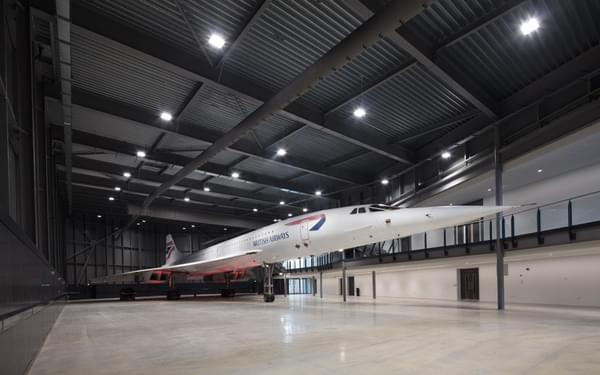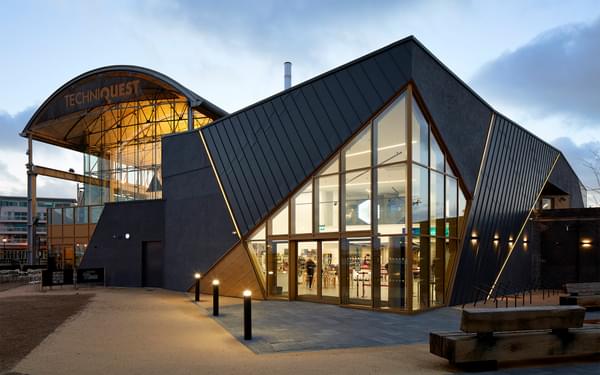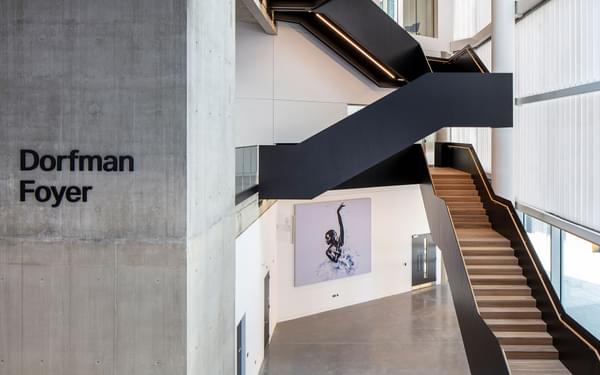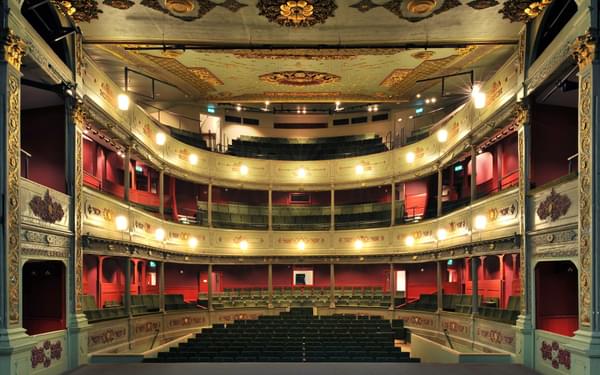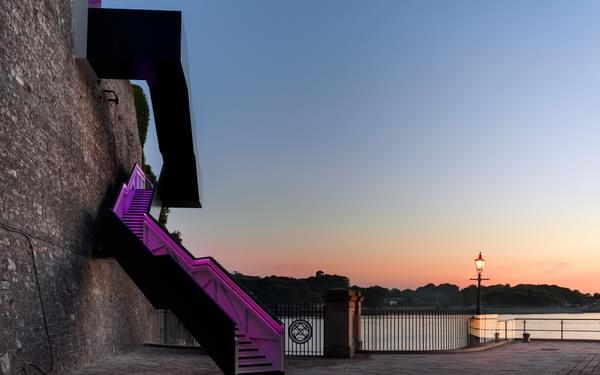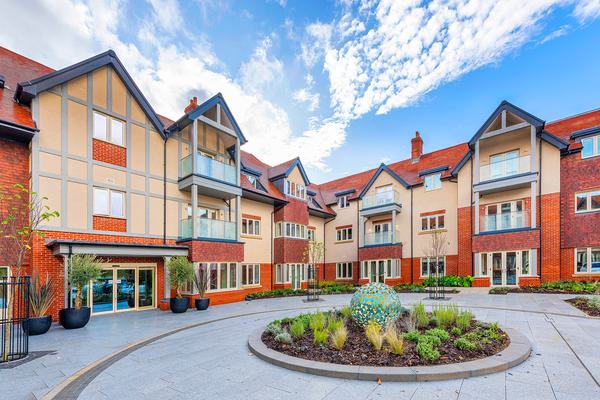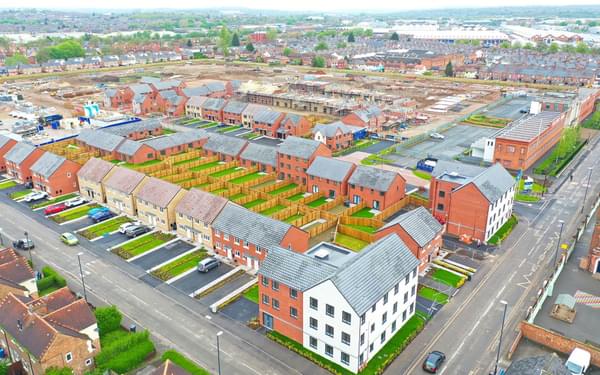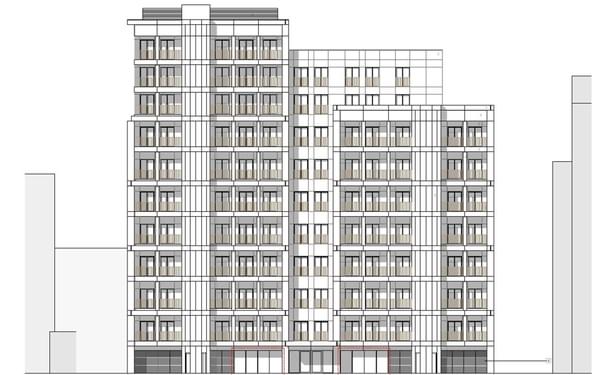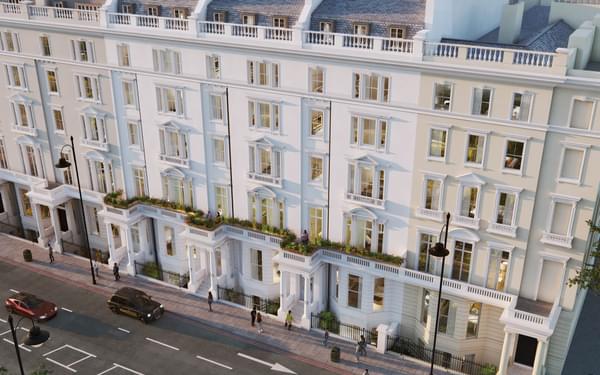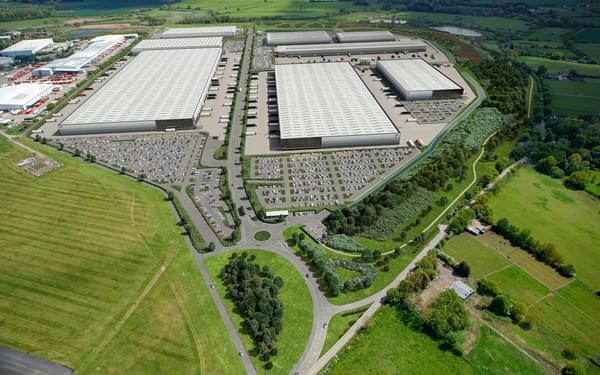Engineering excellence for underground museum
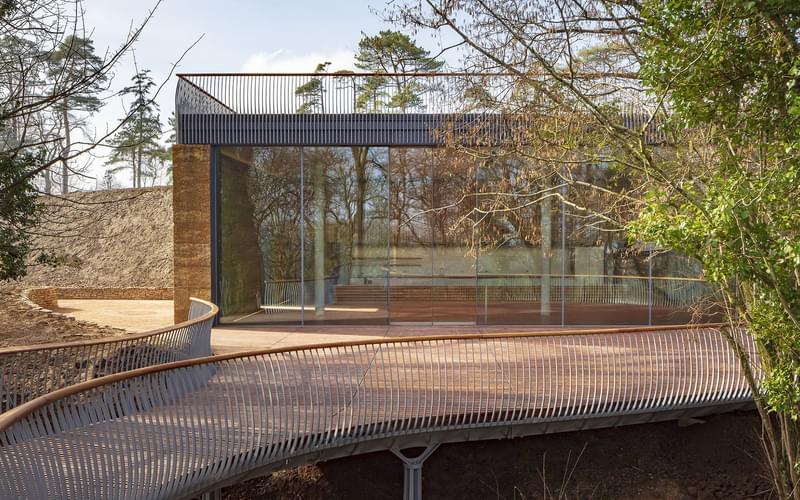
This high-profile tourist attraction, nestled in Somerset, demanded the most extraordinary feat of geotechnical and structural engineering to deliver the architectural vision for an underground museum with a tree canopy walkway forming the entrance.
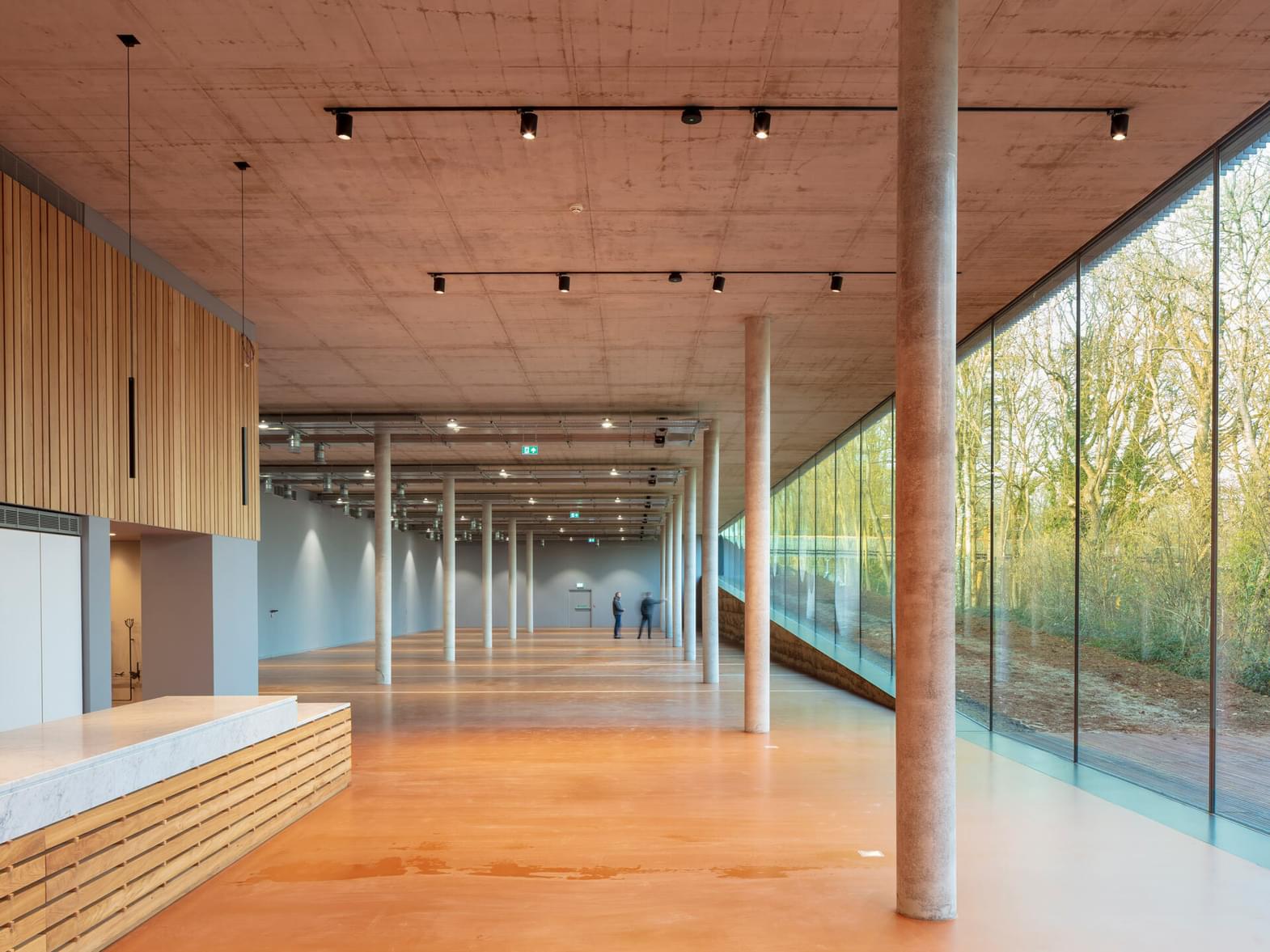
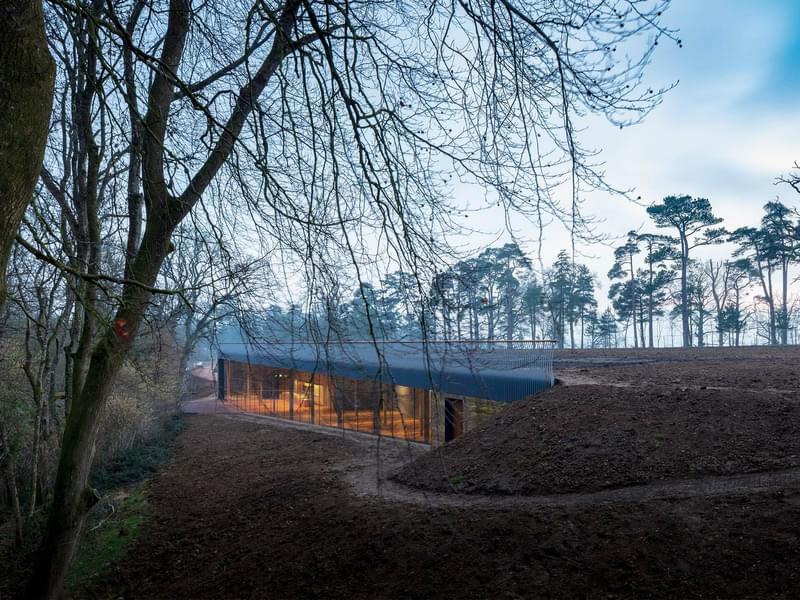
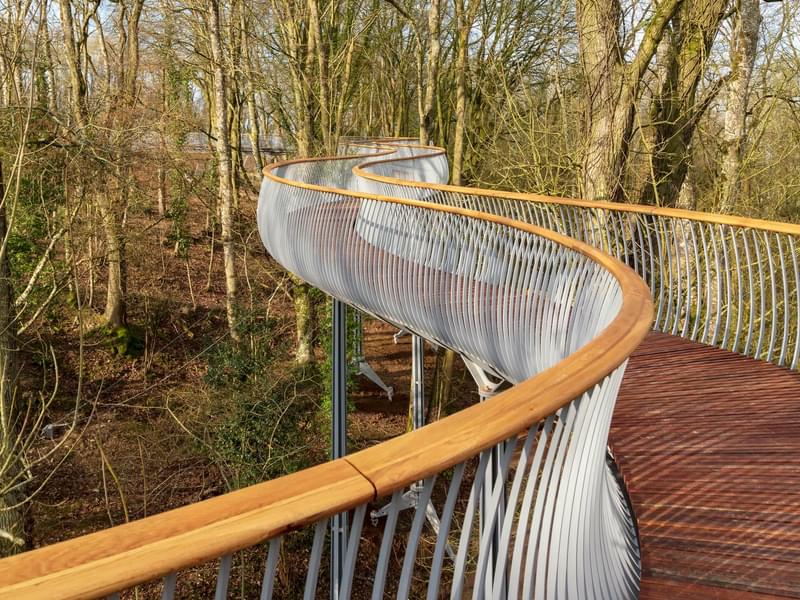
We were appointed by the Emily Estate (UK) Ltd to provide structural and civil engineering, fire engineering and geotechnical engineering services to the design and construction of a new underground museum within the Emily Estate, in Castle Cary, Somerset. We were also appointed to provide geotechnical and substructure design engineering for the tree canopy walkway that forms part of the entrance to the museum.
Our client wanted to create a globally recognised and respected museum on the history and interpretation of gardening, with the end result forming part of the wider visitor attraction, The Newt, Somerset, that includes gardens, cider production, visitor facilities, a restaurant and a luxury hotel and spa.
We worked alongside award-winning local architect Stonewood Design on the project and collaborated with international, award-winning structural glass designer GL&SS and renowned South African structural engineer Henry Fagan on the impressive bridge which acts as the entrance way to the museum.
Underground stabilisation solutions
The majority of the structure of the museum is beneath the ground and our combined geotechnical and structural expertise in the design of buried structures allowed us to avoid expensive piled retaining walls.
Our geo-environmental specialists undertook two phases of ground investigation for the museum and the column foundations of the tree top walkway.
We then took the information from the ground investigations forward to undertake complex modelling using Geo LimitState software. This provided realistic active pressures on the structure which assisted our structures team in the design of the retaining elements of the museum building.
Design features
Our structural engineers designed the required columns and the roof slab soffit with architecturally exposed concrete. The roof of the building was buried to give impression of continuous meadow over the top of the museum which meant designing around a high roof load.
We also engineered an expansive 5m tall structural glass wall to the front elevation of the museum, which floods the building with natural daylight in keeping with the vision for the attraction.
To provide an uninterrupted view out to woodlands through this glazed façade the reinforced concrete roof slab was cantilevered 3m with slender reinforced concrete columns set back from the façade.
Detailed structural design of architectural metalwork items, in collaboration with a steel fabricator, was required for items such as the balustrading to ensure the architectural intent was realised and metalwork items integrated seamlessly with the building.
Engineering a sculptural footbridge
The approach to the museum is via an impressive sculptural footbridge designed by engineering architects Henry Fagan. We were asked to collaborate with Henry Fagan providing the design of the reinforced concrete bridge abutment and entrance decking foundation structures that support the impressive tree canopy walkway that accesses the museum.
Fire engineering services
Our fire engineering experts were appointed to provide Fire Engineering Services relating to the proposed development of the Stage 4 Fire Safety Strategy for the garden museum.
Our Fire Safety Strategy report demonstrated to the Authority Having Jurisdiction (AHJ) how the museum meets all the functional requirements of the Building Regulations 2010 related to fire safety and to outline the Fire Safety Strategy to the design team.
Transforming the wider estate
The Emily Estate is undergoing a complete transformation under the direction of estate owner Jacobus Bekker. In addition to the Garden Museum, we were involved in a number of other projects which is regenerating the area into a world class heritage and visitor attraction. These include the construction of a museum to showcase Roman ruins found on the site, a new gymnasium as part of the luxury hotel and spa complex, an apiary beehive attraction, a luxury farmhouse and outbuildings project and the conversion of barn-type buildings into staff accommodation.
In 2021, the Museum of the Garden was shortlisted for the RIBA South West Awards 2021.
All images © Craig Auckland/Fotohaus.

